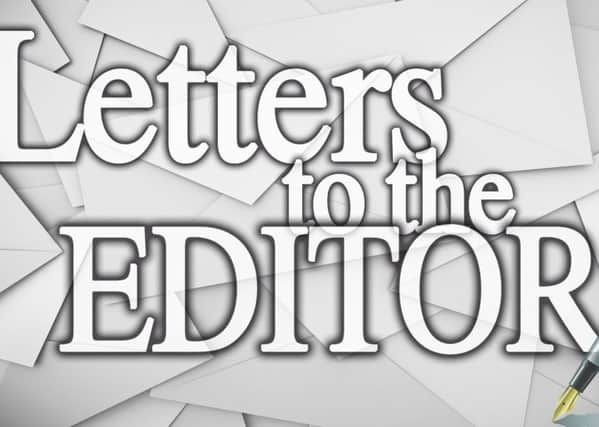Brettania refers to the island of Ireland


I was privileged to conduct research at the Institute of Byzantine Studies at Queen’s into Roman contacts with Ireland.
The sixth century historian, Procopius of Caesarea, provided some illuminating detail on that subject, albeit he differentiates between the two neighbouring islands of Brittia and Brettania. Close reading of Procopius challenges orthodox understanding of these two entities.
Firstly, Brittia was thought by Dewing to refer to Denmark.
Advertisement
Hide AdAdvertisement
Hide AdHowever, the island of Brittia is said to lie 23 miles opposite the mouth of the River Rhine between the islands of Brettanias and Thule, and to the rear of Gaul (when viewed from Constantinople).
Brittia consisted of three kingdoms: Angili, Frissones, and Brittones for whom the island was named.
The island had a long wall that cut off a large part of it, which could refer to either the Antonine or Hadrian Wall.
Moreover Procopius describes a marriage alliance between the Angili and Varni that comes unstuck.
Advertisement
Hide AdAdvertisement
Hide AdThe wronged Angili of Brittia send 100,000 men on 400 ships to attack the continental Varni whose land lies across the Rhine from the Franks.
Arguably this evidence indicates Dewing was wrong to equate Brittia with Denmark, and instead Brittia appears to be modern Great Britain.
Secondly, Brettania was located outside the Pillars of Hercules, and ‘lies to the west about in line with the extreme end of Spain (i.e. 10 degrees longitude) separated from the continent by a distance which at the least is about four hundred stades (Dewing, 2000).
Of particular interest here is that the fifth-century Pharos of Hercules is found at Corunna along the northwest coast of Spain, and due to a dispute between two academicians an engineer’s drawing of that lighthouse appears in the 1844 Proceedings of the Royal Irish Academy (page 586, 589-592).
Advertisement
Hide AdAdvertisement
Hide AdThere is likely a reciprocal lighthouse located north of that fifth-century lighthouse to guide sailors safely to its opposite number, possibly along the southwest coast of England in Cornwall or along the south coast of Ireland.
In a footnote Dewing chides Procopius for positioning England five degrees too far to the west, i.e. where Ireland lies!
From this we might conclude that Brettania refers to the island of Ireland, and where Roman soldiers rebelled and chose Constantinus to lead their army in an invasion of Gaul and Spain.
Supporting archaeological evidence for Roman contacts with Ireland comes from amphorae recovered at Clogher (Tyrone), Dalkey Island (Dublin), Derrynaflan (Tipperary), Garranes (Cork), Randalstown (Meath) and Reask (Kerry).
Advertisement
Hide AdAdvertisement
Hide AdAlso from numerous Roman artefacts and coins found all over Ireland in archaeological contexts.
Evidence for the production of holoverum or purple dye in Ireland during the fifth-sixth century at a time when Peter Barsymes owned the imperial monopoly is interesting, as are remarkable parallels between the historical topography of Emain Macha that mirrors the layout of early Rome.
Bernard J. Mulholland, Malone Road BT9